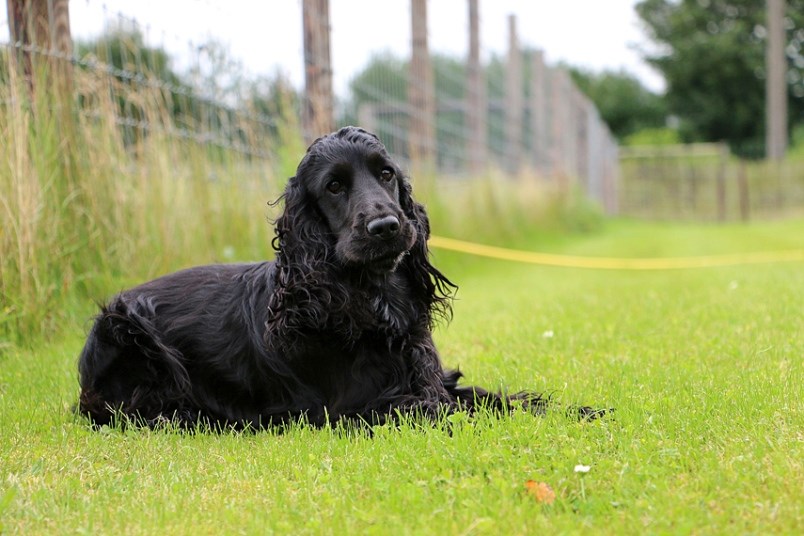Adopting a rescued dog with baggage is a very noble endeavour.
It can be an extremely rewarding experience when the training and rehabilitation of a behaviourally challenged dog is successful and the result is a loving, social, canine companion.
But that success does not come from love alone. It comes from keeping expectations realistic, setting attainable goals and not romanticizing the experience of adopting a rescued dog.
The majority of behavioural problems in all adult dogs stem from improper and inadequate socialization.
Socialization is far more than a puppy learning how to respectfully interact with other dogs.
Proper socialization involves systematically exposing a young dog to a variety of environmental situations in a positive and rewarding fashion so the puppy develops non-reactive coping skills that allow it to be a calm, well adjusted and welcomed dog.
When young dogs do not receive proper or adequate socialization they tend to express fear based behaviours as adults.
When poor socialization is mixed with abuse, be it physical or emotional, the fear based behavioural issues are even more complicated.
What this all means is that rehabilitating a rescued dog with behavioural issues is quite different from adopting an adult dog that doesn’t have a history of neglect or abuse.
First and foremost: an adopter must have an unlimited amount of patience and an understanding that the underlying issues and unwanted behaviour of an abused or neglected dog is due to fear.
When dealing with a fearful dog you cannot reason with them like you can a fearful human. They don’t understand human language; just tone and inflection. Our tone during reasoning, sounds an awful lot like praise, and praising a fearful dog is not a good thing at all, it inadvertently supports the fear rather than supporting letting go of the fear.
What dogs need is for their human to be a quiet yet confident bystander. An owner should allow their dog to observe – more than interact with – their surroundings. That way a pup learns that their new life is no longer a scary place. This also allows a dog to slowly build confidence and trust in its new surroundings.
A dog is then rewarded for showing calm and trusting behavior.
The new owner also needs to learn and respect that a fearful dog that is wagging its tail while barking is expecting a happy outcome. But that happy outcome is having an unwanted person leave their space immediately.
Unfortunately, humans interpret a wagging tail as an invitation to come closer. But as the unwanted human approaches, the dog becomes anxious.
The pup can then react out of self-preservation with a bite.
These setbacks happen. When they do, just reflect on what you can do better next time around instead of reflecting on the mistake.
To prevent setbacks, set the dog up for success by managing every situation and encounter as much as possible.
Dogs develop habits – good and bad – quickly. Every time a dog has an opportunity to repeat an unwanted behaviour, such as lunging, barking or worse, biting; you are making it more likely that it will happen again when the dog is in the same situation.
Your job is to set your dog up for success by figuring out what triggers the dog’s unwanted behaviour.
Once you can anticipate that behaviour you can prevent it by teaching your dog a better option such as sit and “watch-me” for a treat.
Over time, the dog learns through repetitive non-threatening exposure that people are not to be feared.
The time this takes completely depends on the dog and the positive experiences it has in its new home. The longer a dog has been exposed to a negative influence, the longer it will take for a dog to build trust in its new situation.
So keep it positive!
If a dog is highly reactive to people coming into the home, it is best to create a safe space for the dog by segregating it behind a baby gate where it can observe people entering a home.
A dog crate can be used but a dog can still feel threatened when someone approaches while in the crate. Segregating with a baby gate or even an ex-pen that offers a bit more freedom than a crate, gives the dog the option to get up and move to a safer distance.
Adopting a behaviourally impaired dog is challenging but when you see how your efforts have changed a dog’s life, the effort is worth it.
Joan Klucha has been working with dogs for more than 20 years in obedience, tracking and behavioural rehabilitation. She can be contacted by email at k9kinship@gmail.com.



